Making your classroom better for all learners: Environment
The importance of an inclusive school learning environment
Every student, whether in special schools, an alternative provision or general education classrooms has a dream inclusive classroom. This utopian learning environment will be different for every learner. Some learners may need
20 Adaptations to Make to the Classroom & School Environment
These ideas have all been contributed by experienced parents, carers, education professionals and classroom practitioners.
- Make sure there is room around furniture for those who need space.
- Little foam pads on sharp corners for those who are a little less steady on their feet.
- A nice grippy floor surface for those who like to
expend energy. - Limit wall displays, and limit the visual overload. (Lisa C)
- Creating links with nature, and naturalness in terms of light, temperature and air quality promotes progress (Dan Whittaker)
- Ensure each learner has the space THEY need to feel comfortable
( this may vary throughout the day/week. - Use learning bays for individual work to reduce stimuli. (Kathryn Blackburn)
- Use flexible lighting, lamps, LEDs, warm or bright white – see what works best.
- Reduce strong odours, perfumes, and air fresheners. (Marie
Brilly ) - Limit sensory overload from external smells, like dinner halls, (it was muck spreading on the nearby fields at my last school) and traffic smells. Sealing foam around the door and a fan pointing out of the window can help. (Lynn McCann)
- Have some calming smells available in pots or scented candles. (Lynn McCann)
- Ensure there is good ventilation and fresh air. (Marie Brilly & Alex Bellars)
- A retreat area that is quiet, without visual stimulation and has soft cushions, able to be fully dark if needed (Marie Brilly & Spectrum Mum)
- Ensure the light is not in anyone’s eyes.
- Soft surfaces/soft furnishing to absorb the noise, classrooms echo so much! (Gill W)
- Think calm clear spaces for working, display books rather than walls. (Elly Chapple)
- Tables with tops that can help avoid clattering (felt in the bottom of pen pots). (Elly Chapple)
- Have an area with a variety of textures to explore (Emma W)
- Natural lighting, plants, places to document learning progress (question or inquiry wall), flexible seating, minimal colours, loose parts, work zones, good storage, creative materials, varied work surfaces. (Katie White)
- Ensure all resources are accessible to all – picture labels easy to open drawers
etc .

Contributors.
Thank you to all those who contributed to this post on adapting the classroom learning environment. They represent educators from across the education spectrum, from specialists, speech and language therapists, teachers and parents of children with special educational needs. If you are on
Dan Whittaker is a doctoral researcher his research based infographic on classroom design was invaluable to this post. (Find the full version of it here)
- Marie Brilly is the Author of Positive Talk – A Conversation with Myself: (A Book of Affirmations for ASDs and Beyond.) ( Find it here.)
- Lisa C -is a Development Lead for Mathematics Mastery
- Gill W is an ex-teacher/senco now raising her 3 children.
- Emma W is an Emotional Literacy Support Assistant, she blogs at watch1them2grow3.blogspot.co.uk
- Kathryn Blackburn is Mum, carer to her family with Autism/ mental health disabilities.
- Katie White is an Author, speaker and education consultant based in Canada (https://www.kwhiteconsulting.com/)
- Lynn McCann runs ReachoutASC and is the author of two books on supporting autistic learners. (Find them here)
- Alex Bellars is an MFL and PE teacher he writes at alexbellars.wordpress.com
- Spectrum Mum is a Netherlands based teacher writing at www.spectrummum.com
- Elly Chapple is passionate about ensuring children have a voice. Support her petition here.

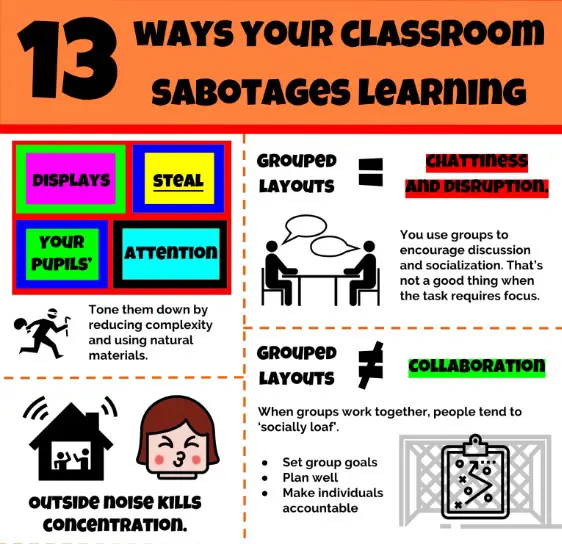
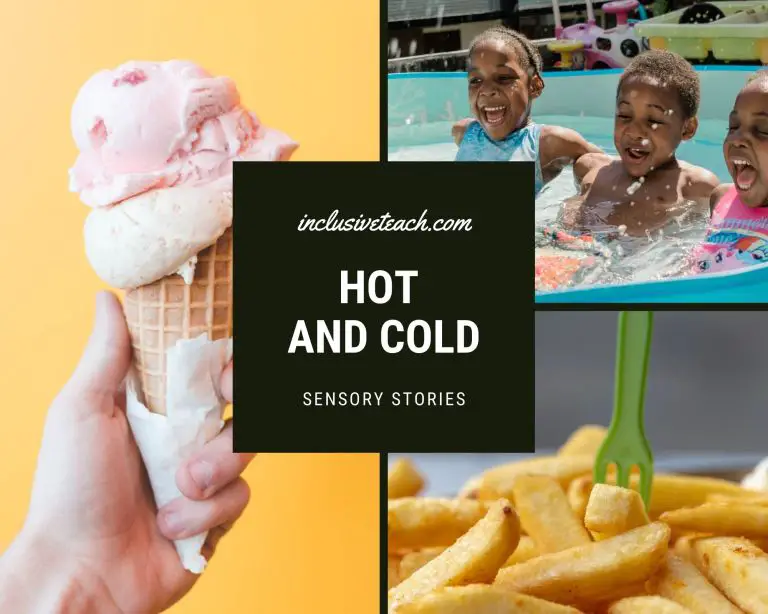

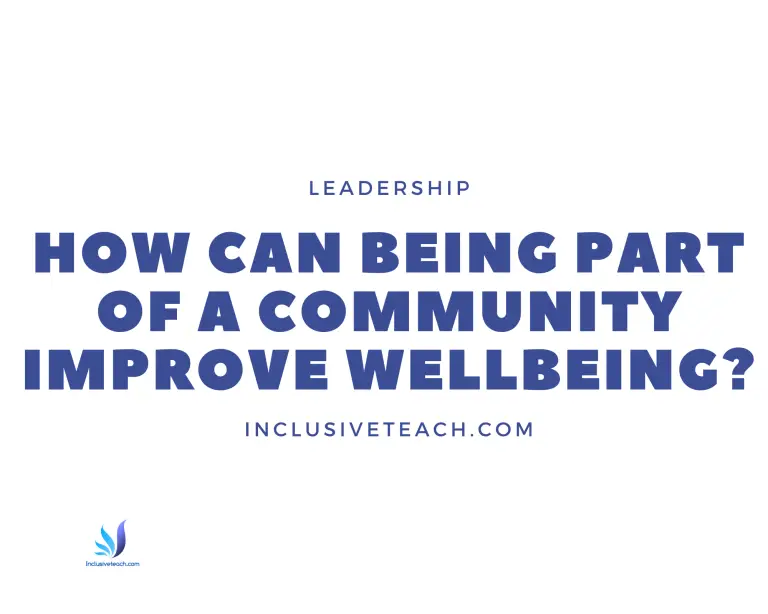
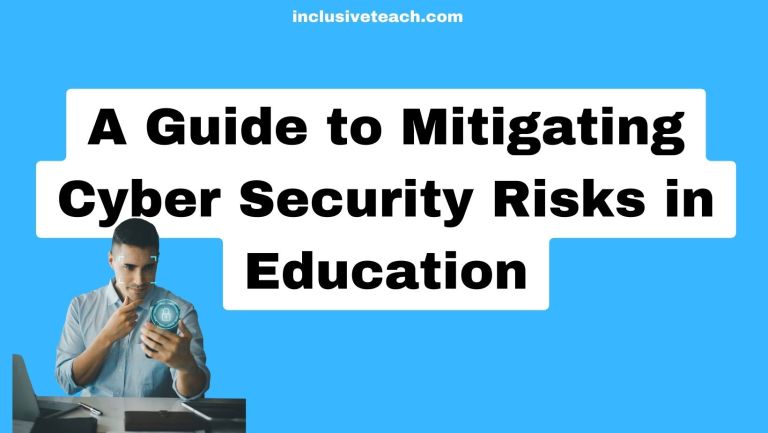
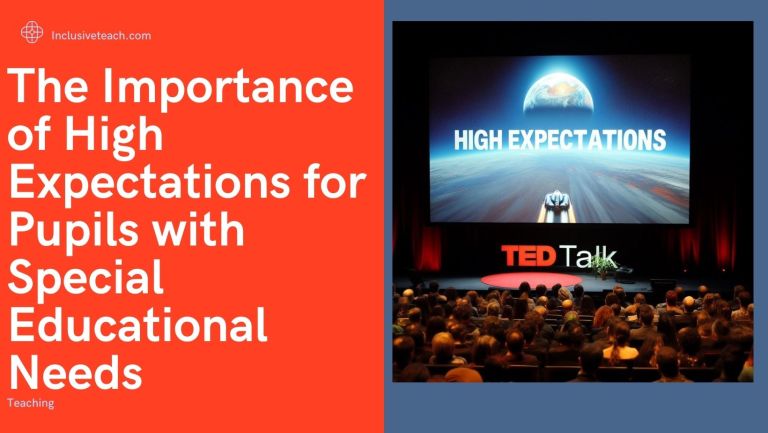
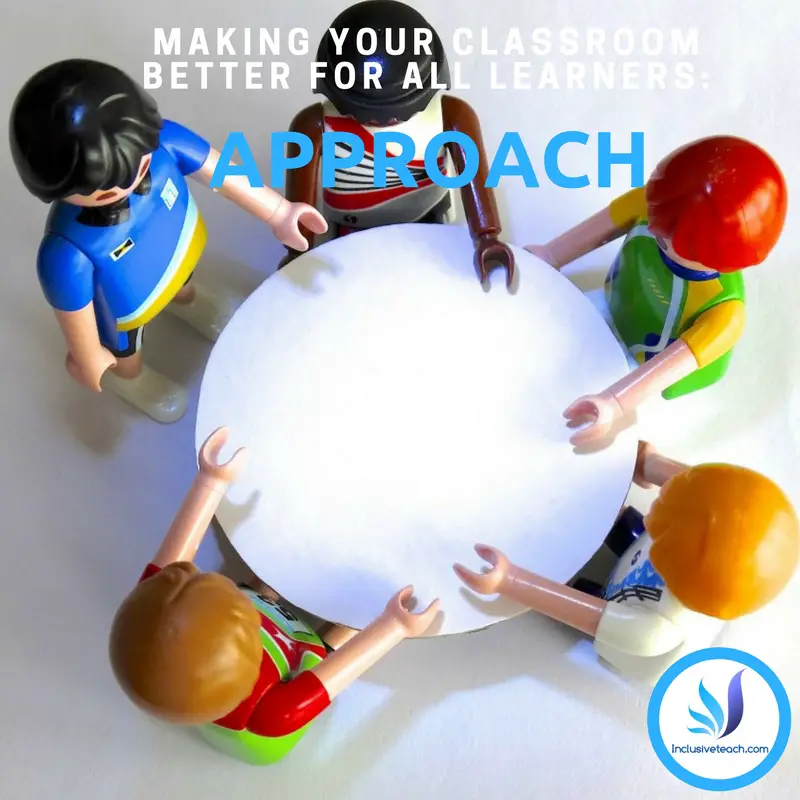
Great post and thanks for the mention! A lot of these ideas on here, although pitched at children with SEND, look like they’ll be great for everyone. What’s good for the goose is good for the gander.
Very true Dan, and thank you for invaluable link to https://classroomclimatology.com/2017/07/26/13-ways-your-classroom-sabotages-learning/